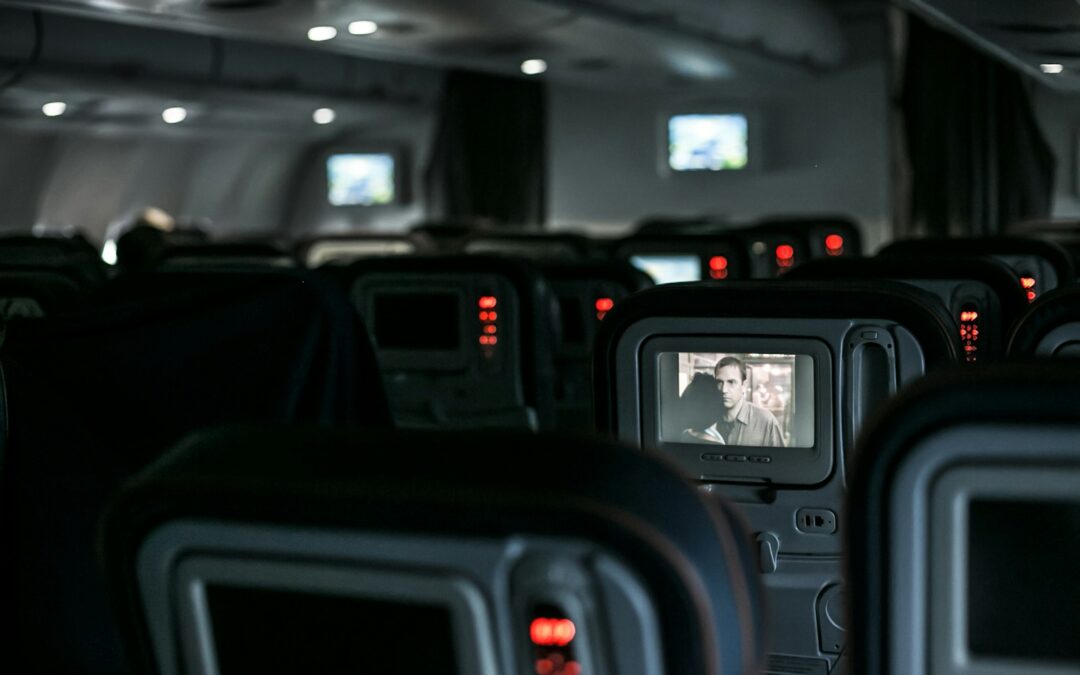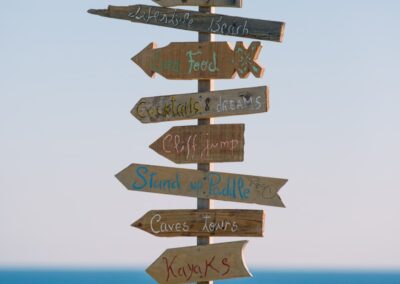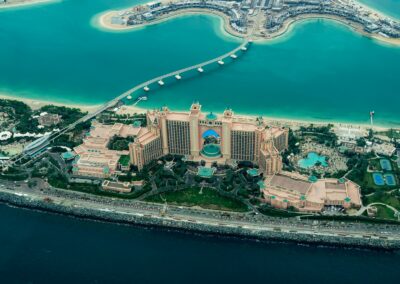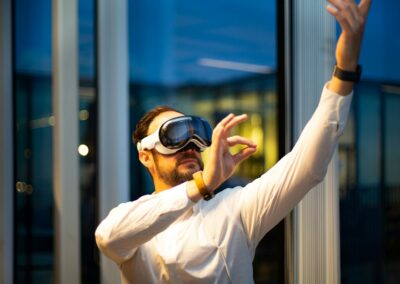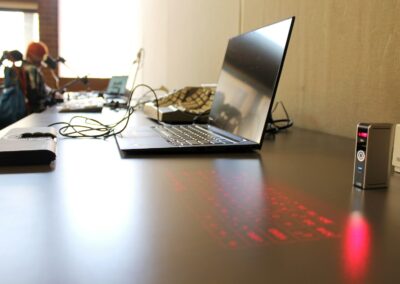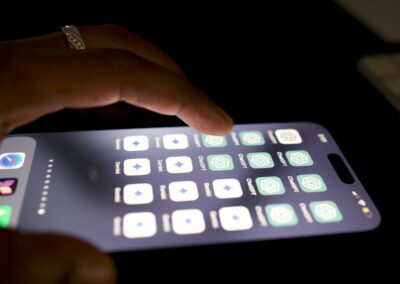Understanding the Complexities of AR Application Development in Tourism
Technical Limitations and Performance Issues
The development of Augmented Reality (AR) applications for the travel industry faces numerous challenges, primarily rooted in technical limitations and performance issues. AR technology demands high processing power and sophisticated algorithms to overlay digital content accurately onto the real world. These requirements often lead to performance issues, especially on older or less powerful devices, which can result in lag, poor graphics quality, and an overall subpar user experience.
To address these challenges, developers must prioritize optimization techniques. This includes utilizing efficient coding practices, leveraging the latest AR development platforms like ARKit and ARCore, and conducting extensive testing across a range of devices to ensure broad compatibility. Additionally, employing cloud computing can offload processing tasks from the device to powerful servers, enhancing performance without compromising the user experience. For instance, tourists in Riyadh can enjoy seamless AR experiences even on mid-range smartphones, thanks to cloud-based processing.
Another critical aspect is managing battery consumption. AR applications are notorious for draining battery life quickly due to their intensive use of sensors and graphics. Developers can mitigate this by optimizing resource usage, implementing energy-efficient algorithms, and providing users with options to reduce battery consumption, such as lower graphics settings or intermittent AR activations.
Content Creation and Localization
Creating engaging and relevant content for AR travel applications poses significant challenges, particularly in terms of content creation and localization. AR applications rely heavily on high-quality digital content, including 3D models, animations, and interactive elements, which require substantial time and resources to produce. Moreover, the content must be culturally and contextually appropriate for different regions, necessitating careful localization efforts.
For example, an AR application designed for Dubai must include content that accurately reflects the city’s landmarks, culture, and history. This requires collaboration with local experts, historians, and cultural organizations to ensure authenticity and relevance. Additionally, content must be translated and adapted to cater to diverse audiences, considering language, cultural nuances, and regional preferences.
One effective strategy to overcome these challenges is to develop modular content that can be easily customized and adapted for different locations. By creating a flexible content framework, developers can efficiently localize the application for various destinations. Furthermore, incorporating user-generated content can enrich the AR experience and provide a continuous stream of fresh and diverse material. Encouraging users to share their experiences and insights can foster a sense of community and engagement while expanding the content repository organically.
User Experience and Interface Design
Ensuring a high-quality user experience in AR travel applications involves addressing challenges related to user experience (UX) and interface design. AR technology introduces a new level of interaction that requires intuitive and user-friendly interfaces. However, designing such interfaces can be complex, as it involves integrating digital elements seamlessly into the physical environment while maintaining usability and accessibility.
Developers must focus on creating clear and straightforward navigation systems that allow users to interact with AR content effortlessly. This includes intuitive gestures, straightforward menus, and easy access to essential features. For instance, tourists using an AR app in Saudi Arabia should be able to access information about historical sites, restaurants, and events with minimal effort and confusion.
Another critical aspect of UX design is providing clear instructions and feedback to users. AR interactions can sometimes be ambiguous, leading to user frustration. Therefore, developers should incorporate visual and auditory cues to guide users and confirm their actions. This enhances the overall user experience and ensures that users can fully leverage the AR features without difficulty.
Furthermore, accessibility must be a priority in UX design. This includes ensuring that the application is usable by people with disabilities, such as incorporating voice commands, providing alternative text descriptions for visual content, and designing for ease of use by individuals with varying levels of technological proficiency.
Strategies for Overcoming AR Development Challenges
Collaborative Development and Continuous Improvement
One of the most effective strategies for overcoming the challenges of developing AR applications for the travel industry is fostering collaborative development and committing to continuous improvement. Collaboration between developers, local tourism authorities, cultural experts, and end-users can provide valuable insights and resources, ensuring that the AR application is relevant, engaging, and effective.
For example, partnerships with tourism boards in the UAE can facilitate access to exclusive content, historical archives, and promotional channels, enhancing the application’s appeal and credibility. Regular feedback from users can also guide developers in identifying areas for improvement and implementing necessary updates. By adopting an iterative development process, developers can continually refine the application, addressing any issues promptly and enhancing the overall user experience.
Advanced Testing and Quality Assurance
Thorough testing and quality assurance are crucial for delivering high-quality AR travel applications. Given the technical complexities and performance requirements of AR technology, rigorous testing across various devices, environments, and scenarios is essential. This includes both functional testing, to ensure that all features work correctly, and performance testing, to assess the application’s responsiveness and stability under different conditions.
Developers should employ both automated testing tools and manual testing procedures to cover all aspects of the application. Automated tests can efficiently handle repetitive tasks and simulate various user interactions, while manual tests provide valuable insights into real-world usage and user experience. Additionally, beta testing with a diverse group of users can uncover unexpected issues and provide practical feedback on the application’s usability and effectiveness.
Marketing and User Engagement Strategies
Effective marketing and user engagement strategies are vital for the success of AR travel applications. To attract users and generate interest, developers must leverage various digital marketing channels, including social media, content marketing, and search engine optimization (SEO). For instance, promoting the application on platforms like Instagram and Facebook, where visually engaging content thrives, can significantly increase visibility and downloads.
Content marketing, such as creating blog posts, articles, and guides related to the application’s features and benefits, can establish the app as a valuable resource for travelers. SEO techniques, including optimizing the app’s website and content for relevant keywords, can improve search engine rankings and attract organic traffic. Keywords like “best AR travel apps for Saudi Arabia” or “top AR travel guides in Dubai” can help potential users discover the application more easily.
User engagement can be further enhanced by incorporating gamified elements, user-generated content, and interactive features that encourage users to explore and share their experiences. Regular updates, new content, and exclusive offers can keep users engaged and ensure the application remains relevant and valuable over time.
Conclusion: Building High-Quality AR Travel Applications
The development of AR applications for the travel industry involves navigating various challenges, from technical limitations to content creation and user experience design. By prioritizing optimization, leveraging advanced technologies, and fostering collaboration, developers can create high-quality AR applications that enhance the travel experience.
Effective marketing and continuous improvement are essential for maintaining user engagement and ensuring the application’s success. In dynamic regions like Saudi Arabia and the UAE, these strategies are particularly relevant for attracting tech-savvy tourists and providing them with innovative and enriching travel experiences.
Ultimately, the key to success lies in understanding and addressing the unique challenges of AR development, delivering immersive and valuable experiences that captivate and delight users.
—
#ARTravelApplications, #ChallengesInARDevelopment, #HighQualityARUserExperiences, #ARTravelIndustrySolutions, #AugmentedRealityTravelApps, #ARTechnologyInTourism, #EnhancingTravelWithAR, #SaudiArabiaARTravel, #UAEARTravel, #ARAppDevelopmentChallenges

